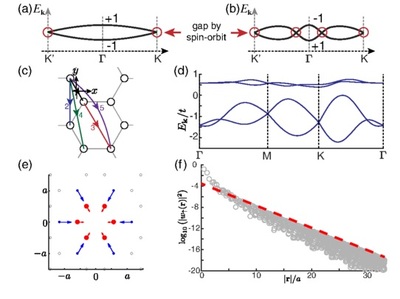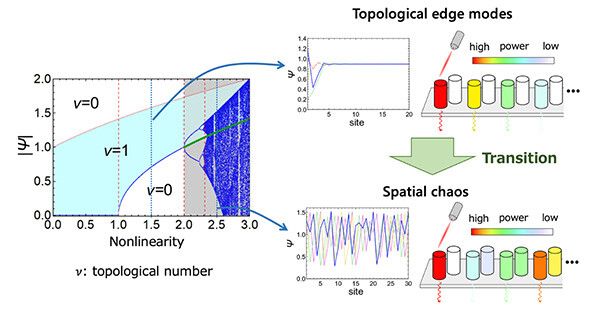Share this
Authors
Hoi Chun Po, Haruki Watanabe, and Ashvin Vishwanath
Abstract
Topological phases, such as Chern insulators, are defined in terms of additive indices that are stable against the addition of trivial degrees of freedom. Such topology presents an obstruction to any Wannier representation, namely, the representation of the electronic states in terms of symmetric, exponentially localized Wannier functions. Here, we address the converse question: Do obstructions to Wannier representation imply stable band topology? We answer this in the negative, pointing out that some bands can also display a distinct type of “fragile topology.” Bands with fragile topology do not admit any Wannier representation by themselves, but such a representation becomes possible once certain additional trivial degrees of freedom are supplied. We construct a physical model of fragile topology on the honeycomb lattice that also helps resolve a recent puzzle in band theory. This model provides a counterexample to the assumption that splitting of an “elementary band representation” introduced in [B. Bradlyn et al., Topological quantum chemistry, Nature (London) 547, 298 (2017)] leads to bands that are individually topological. Instead, half of the split bands of our model realize a trivial band with exponentially localized symmetric Wannier functions, whereas the second half possess fragile topology. Our work highlights an important and previously overlooked connection between band structure and Wannier functions, and is expected to have far-reaching consequences given the central role played by Wannier functions in the modeling of real materials.

Physical Review Letters (Editor’s suggestion): https://journals.aps.org/prl/abstract/10.1103/PhysRevLett.121.126402
These Related Stories

